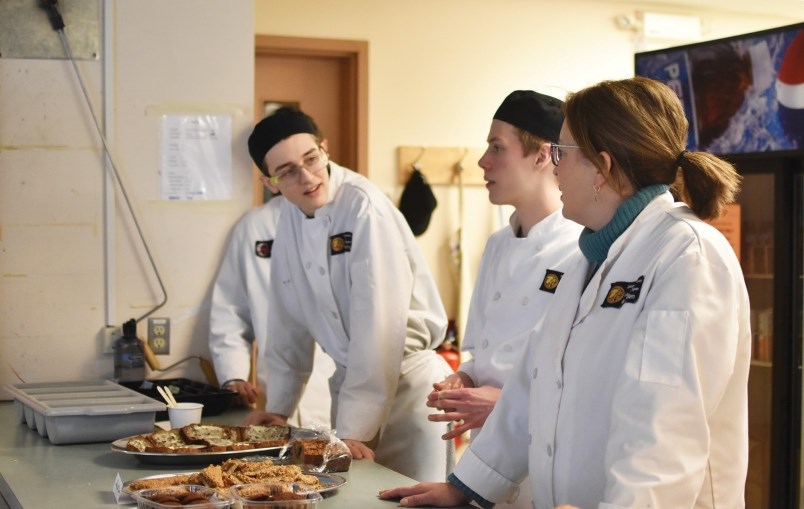New apprenticeships are down across the country due to the COVID-19 pandemic, according to a Statistics Canada report released this month.
This spells trouble for economic production in the near term, as employers and trades schools scramble to make up for lost time, says Guy Ellis, CEO of Trades Training BC.
“It means higher wages and less production, if you will, whether it’s building or mechanics or anything else. So, there’s more pressure for sure on the companies trying to provide goods and services,” says Ellis.
The report shows an overall decline in new apprenticeship registrations of 28.5% in 2020, in addition to a 32.7% decline in certifications. In B.C., total apprenticeship registrations were down 23.9%.
Ellis is also the dean of the BCIT School of Transportation, which trains mechanics for planes, trains and automobiles. He tells Glacier Media his school fared relatively well with only an estimated 15% decline in head count last year. Construction-related certifications also fared fine in B.C., he says.
“At the start of the pandemic, there was a halt of several industry sectors, including construction. In B.C., the government reacted and came out with a list of essential services... construction was on that list. So the slowdown in the construction sector and transportation sector was not as big as in other parts of the country,” explains Ellis.
Echoing the report, he says it was the more social trades — ones more popular among women — that were hurt the most.
“Among the major trade groups, the largest percentage declines in certifications were for community and social service workers (-62.7%), hairstylists and estheticians (-48.1%), electronics and instrumentation (-45.3%), early childhood educators and assistants (-44.4%), and food services (-43.4%),” noted the report.
“The severity of the impact on these trade groups was partially attributable to the forced closures of businesses deemed non-essential, combined with the fact that many other businesses operated at limited capacity, such as restaurants that remained open but had limited dining capacity or provided only delivery services.”
Apprentices are typically sent to schools by employers; upon completion of coursework, they become certified skilled workers, says Ellis, adding many employers are taking a wait-and-see approach as public health rules shift.
“The declines in new registrations and certifications among women were proportionately larger than those among men, as new registrations declined by 3,447 (-32.9%) and certifications fell by 2,460 (-38.5%)” as compared to 27.8% and 31.9% respectively,” according to the report.
Ellis says schools are back to full capacity but the hiccup left by the pandemic will be felt in years ahead. He notes the provincial government may need to spend more money on increasing capacity to make up for the shortfall.
“Now the demand is there but there’s still lots of safety protocols in place that constrains productivity,” he says.

